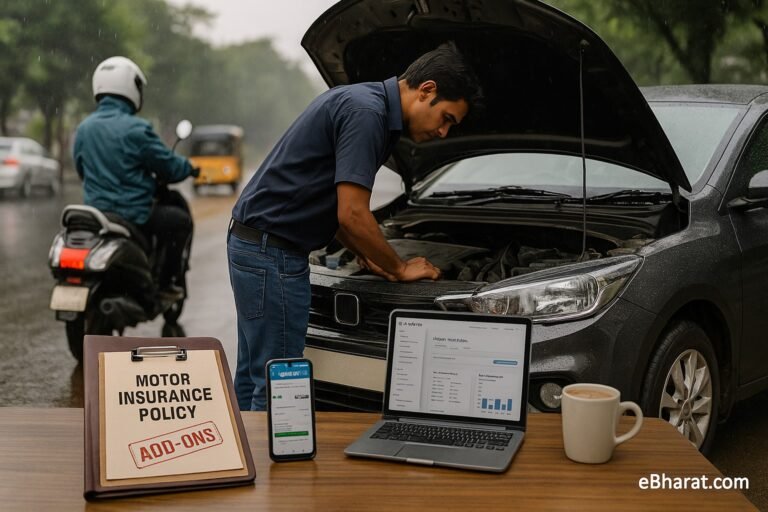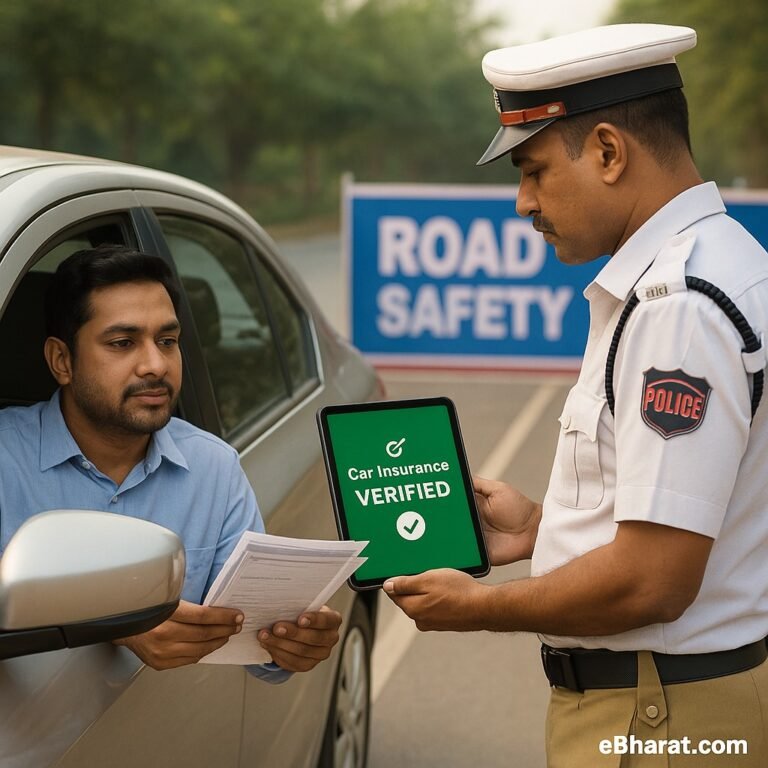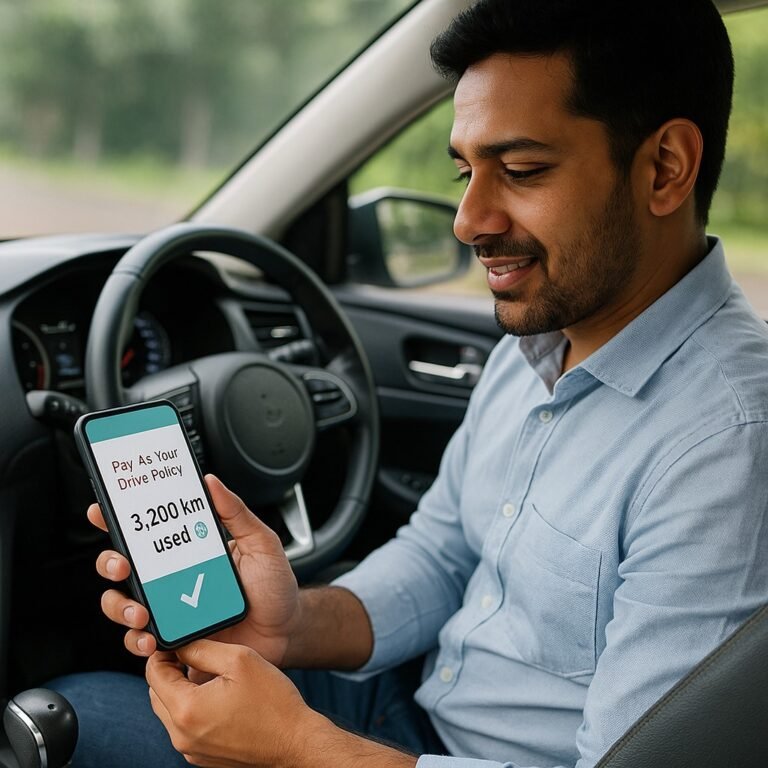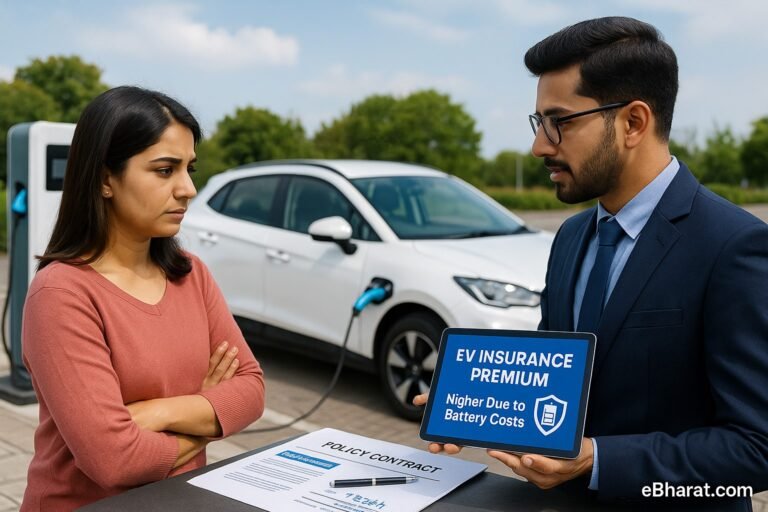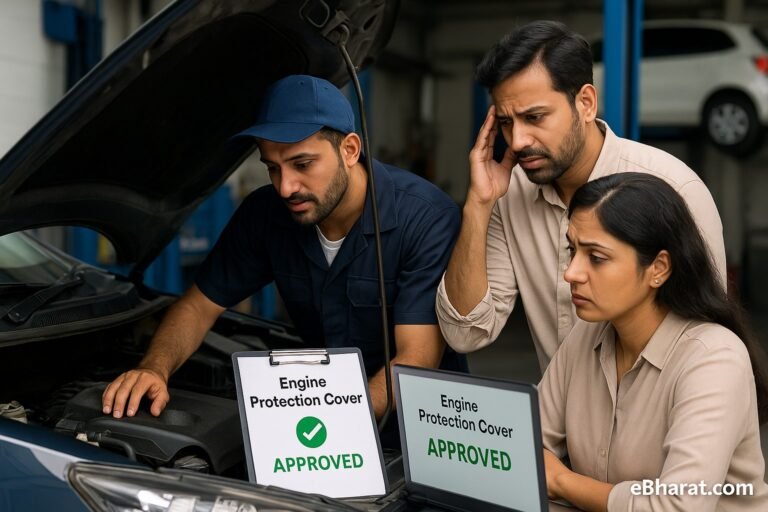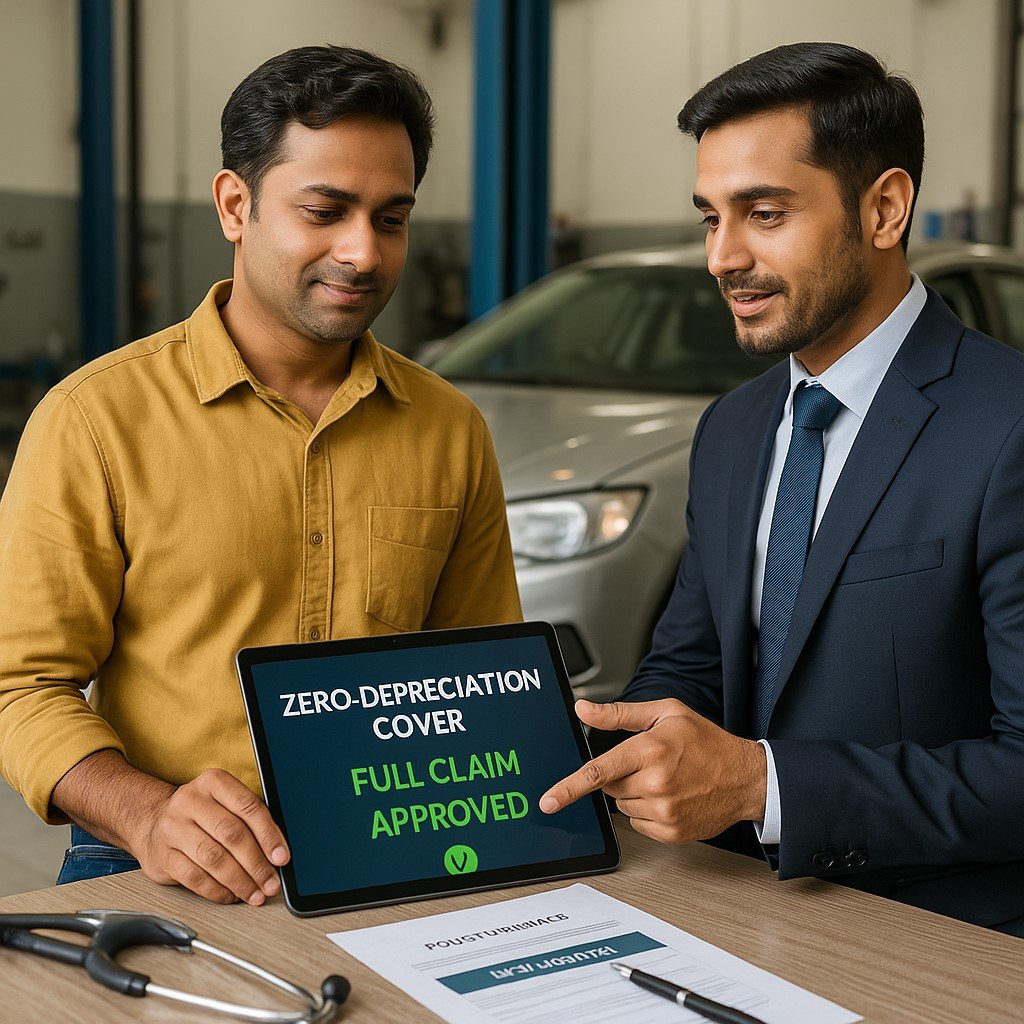
When buying car or bike insurance, most dealers and agents recommend the zero-depreciation add-on, also called “bumper-to-bumper” cover. It promises that in case of an accident, your claim is settled without factoring in depreciation on spare parts.
It sounds like a smart deal—but is it always worth the extra cost in 2025? Let’s explore.
What Is Zero-Depreciation Cover?
Normally, when you make a claim, insurers deduct depreciation on parts like plastic, metal, and fibre.
- Example: If a bumper costs ₹20,000 and depreciation is 50%, you’d get only ₹10,000 from the insurer.
- With zero-depreciation add-on, you’d get the full ₹20,000, paying only nominal charges like consumables.
Why It’s Popular in 2025
- Rising Spare Part Costs – Modern cars and bikes have expensive plastic and fibre components.
- Luxury Cars Trend – Owners of premium cars don’t want to risk high out-of-pocket bills.
- Cashless Claim Ecosystem – Works seamlessly with network garages.
The Real Cost Impact
In 2025, a zero-depreciation add-on increases premium by 15–20%.
Example: Mid-Range Car (IDV ₹7 lakh)
- Comprehensive Premium (No Add-On): ₹12,000
- With Zero-Depreciation: ₹14,500
- Extra Paid: ₹2,500/year
One accident can justify this extra cost in a single year.
When Zero-Dep Cover Is Worth It
- New Vehicles (0–5 years old) – Protects value in early years.
- Metro City Drivers – Higher accident and repair costs.
- Luxury Cars – Expensive spare parts make zero-dep essential.
- First-Time Owners – Reduces financial shocks.
When It’s Not Worth It
- Older Cars (7+ years) – Most insurers don’t offer zero-dep.
- Low Usage Vehicles – If you drive rarely, accident chances are minimal.
- Budget-Conscious Buyers – May prefer lower premiums.
Quick Comparison: Standard vs Zero-Dep
| Factor | Standard Cover | Zero-Dep Cover |
|---|---|---|
| Claim Settlement | Depreciation deducted | Full cost reimbursed |
| Premium | Lower | 15–20% higher |
| Best For | Older cars, low-use vehicles | New cars, luxury vehicles |
Case Study: Priya’s SUV Claim
Priya, a 30-year-old from Mumbai, added zero-dep to her SUV’s insurance in 2024. In 2025, an accident damaged her bumper and headlamp.
- Repair Bill: ₹75,000
- With Zero-Dep: Paid just ₹3,000 (consumables).
- Without Zero-Dep: Would have paid ~₹25,000.
For Priya, the add-on saved almost 10 years’ worth of extra premiums in one claim.
Why This Matters
Zero-depreciation cover is not a must-have for everyone, but for new, high-value, or heavily used cars, it’s a smart financial safety net. For older cars, however, the extra premium may not justify the benefit.
Related: Motor Insurance in India: A Beginner’s Guide (2025)
🚀 Start Your Career as an HDFC Life Agent
Join eBharat’s Agent Network and get training, digital tools, and mentorship to build a successful career in insurance.
👉 Apply Now to Become an Agent
